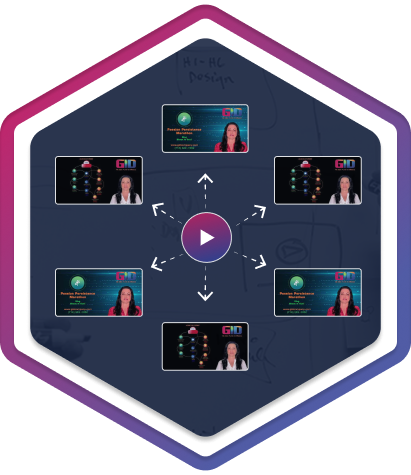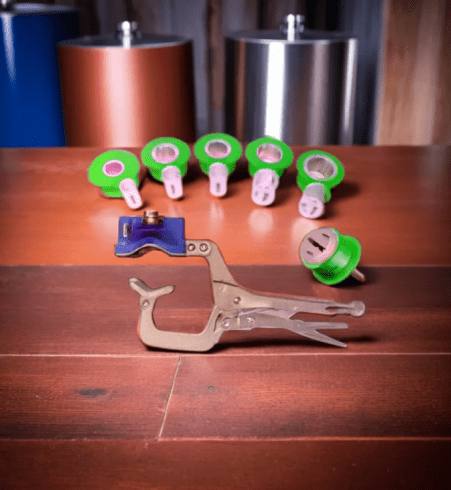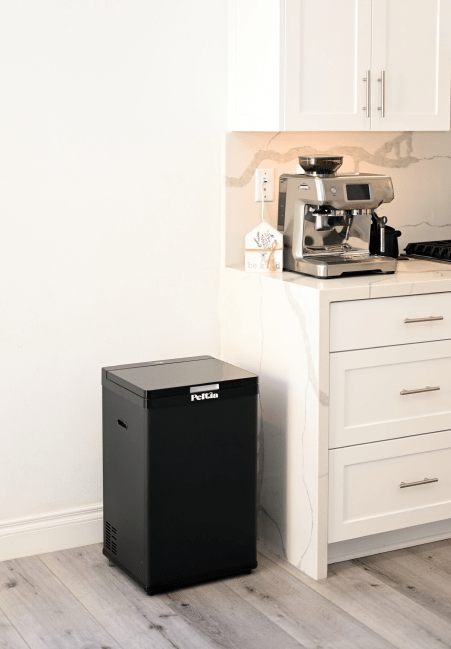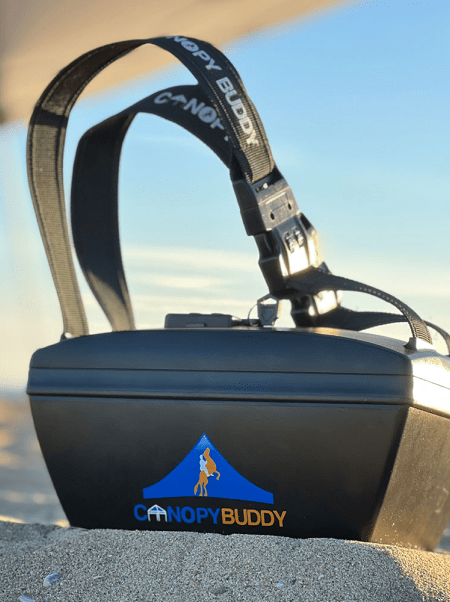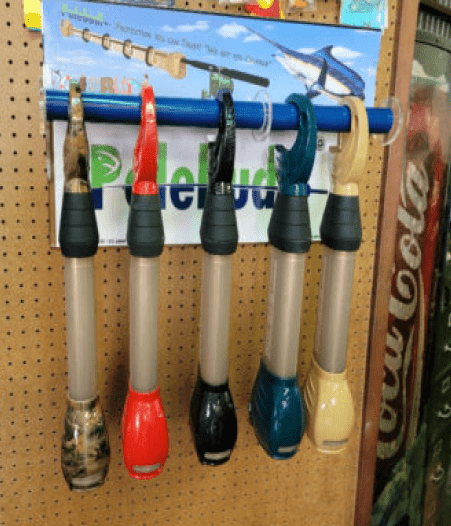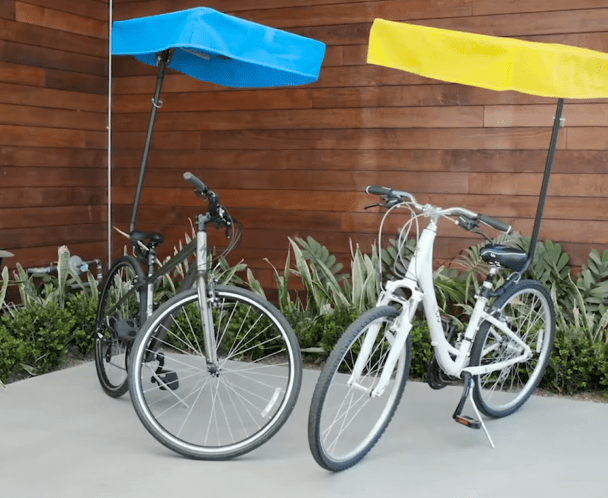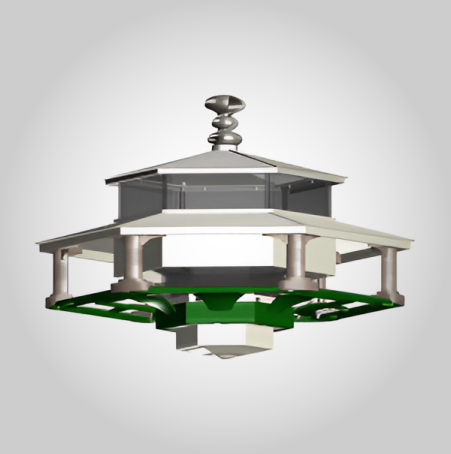What is New Product Development?
Leading New Product Development Company in California
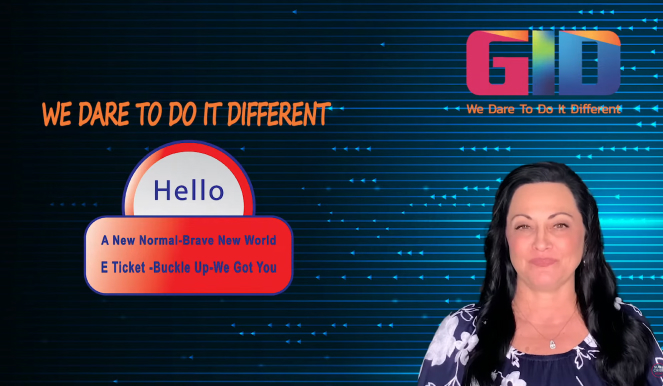
New Product Development Services
By investing in new product development, businesses can:
- Unlock New Revenue Streams: New product development opens doors to untapped markets and demographics, enabling businesses to expand their product portfolio and reach new customers.
- Drive Sustainable Growth: Innovative products attract new customers and retain existing ones, leading to increased sales, market share, and long-term profitability.
- Gain a Competitive Edge: New product development allows businesses to differentiate themselves from competitors by offering unique, cutting-edge solutions that capture consumer interest and loyalty.
- Enhance Brand Reputation: Successful new products build brand equity and strengthen customer trust, positioning the company as an industry leader and innovator.
- Foster a Culture of Innovation: New product development encourages creativity, experimentation, and risk-taking within an organization, fostering a culture of continuous improvement and growth.
In today’s rapidly evolving business landscape, where consumer preferences and technologies change at lightning speed, new product development is not just an option—it’s a necessity for survival and sustained success. By embracing new product development, businesses can adapt to market shifts, anticipate future trends, and remain relevant in the eyes of their customers.
New Product Development Services - Whats included?
Best New Product Development Company in California
GID Company's new product development services are a comprehensive suite designed to guide your innovation from concept to reality. We understand that every product journey is unique, so we tailor our approach to your specific needs and goals. Our services encompass every critical stage of the new product development process:
Ideation & Concept Validation
We collaborate with you to brainstorm, refine, and validate your product ideas. This includes market research, competitor analysis, and feasibility studies to ensure your concept has a solid foundation for success.
Design & Engineering
Our team of skilled designers and engineers translates your concept into a detailed, manufacturable design. We prioritize functionality, aesthetics, user experience, and cost-effectiveness throughout the design process.
Prototyping & Testing
We build prototypes to bring your design to life, allowing for early evaluation and testing. We gather feedback from users and stakeholders, iterate on the design, and ensure the product meets performance and safety standards.
Manufacturing & Supply Chain Management
We help you identify and partner with reliable manufacturers. We manage the entire supply chain, from sourcing materials to production and delivery, ensuring your product is manufactured efficiently and cost-effectively.
Market Launch & Commercialization
We support your product launch with marketing and sales strategies, ensuring a successful entry into the market. We also provide ongoing support to monitor product performance and identify opportunities for improvement.
From Idea to Reality - Watch How We Do It!
Explore our videos to see how we seamlessly transform your ideas into reality.

New Product Development Process
Leading New Product Development Company Near You
-
Product Discovery
We delve into your vision, target market, and business objectives through in-depth discussions and market research. -
Product Ideation
We brainstorm creative solutions and explore various design concepts and technologies, pushing boundaries to create unique product ideas. -
Concept Development
We select promising concepts and develop detailed designs, including 3D models, technical specifications, and prototypes. -
Feasibility Analysis
We assess the technical, financial, and commercial viability of the chosen concept, ensuring it aligns with your goals and market realities. -
Engineering & Design
Our skilled engineers and designers collaborate to create a functional, user-friendly, and aesthetically pleasing product design. -
Product Prototyping
We build prototypes to bring your design to life, allowing for early evaluation, user feedback, and iterative improvements. -
Testing & Validation
We rigorously test and validate prototypes to ensure they meet performance, safety, and quality standards. -
Product Refinement
We refine the design based on feedback and testing results, optimizing functionality, user experience, and manufacturability. -
Product Manufacturing
We partner with trusted manufacturers to produce your product efficiently and cost-effectively, ensuring quality control at every step. -
Marketing & Launch
We develop a comprehensive marketing and launch strategy to introduce your product to the market and generate excitement among consumers. -
Post-Launch Evaluation
We monitor product performance, gather customer feedback, and identify opportunities for continuous improvement. -
Ongoing Support
We provide ongoing support and maintenance to ensure your product remains competitive and successful in the ever-evolving market.
Why Choose Us for New Product Development Services
Go with Expert New Product Developers in California
GID Company is your strategic partner in turning your new product dreams into reality. We offer a unique combination of creativity, technical expertise, and market insights to guide your product through every stage of development, ensuring a successful launch and sustained growth.
Here's why choosing GID Company for your new product development is a smart move:
Proven Track Record of Success
We have a long history of helping businesses bring innovative products to market. Our portfolio showcases a diverse range of successful product launches across various industries, demonstrating our ability to tackle complex challenges and deliver results.
End-to-End Expertise
From ideation to commercialization, we offer comprehensive services that cover every aspect of the new product development process. Our team works seamlessly together to ensure your product is developed efficiently and effectively.
Customer-Centric Approach
We put your customers at the heart of our new product development process. We conduct thorough market research to understand your target audience's needs, preferences, and pain points, ensuring your product is designed to meet their specific requirements.
Cutting-Edge Technology
We utilize state-of-the-art design and prototyping tools, as well as advanced manufacturing techniques, to create products that are not only innovative but also functional, reliable, and cost-effective.
Collaborative Partnership
We believe in open communication and collaboration throughout the entire new product development process. We work closely with you to understand your vision, goals, and constraints, ensuring your input is valued and incorporated into the final product.
Focus on Results
We are committed to delivering results that exceed your expectations. We measure our success by your success, and we strive to create products that not only meet market needs but also drive business growth and profitability.
Not Sure Where To Start?
Call JIM
Our Portfolio: A Showcase of Success Stories
Our portfolio showcases a diverse range of products we've helped bring to life. From innovative concepts to market-leading solutions, explore the success stories that demonstrate our commitment to turning ideas into reality.
Frequently Asked Questions - FAQs
-
What is meant by new product development?
New Product Development (NPD) refers to the complete process of bringing a new product to market, from idea generation to commercialization. GID Company offers expert New Product Development services to help businesses transform innovative ideas into successful market-ready products.
-
What are the 7 stages in the new product development process?
The 7 stages of the new product development process are:
- Idea Generation
- Idea Screening
- Concept Development
- Business Analysis
- Product Development
- Market Testing
- Commercialization
GID Company’s New Product Development services ensure that each stage is meticulously executed, minimizing risk and maximizing product success.
-
What is the NPD process?
The New Product Development (NPD) process involves steps such as researching, designing, prototyping, testing, and launching a product. GID Company’s NPD process is designed to streamline development, ensuring that your product meets market demands and regulatory standards while staying on budget.
-
What are the 4 types of new product development?
The 4 types of New Product Development are:
- New-to-the-Market Products
- Product Line Extensions
- Product Improvements
- Repositioned Products
GID Company specializes in all these areas of New Product Development, helping you create innovative products that stand out in the marketplace.
-
How long does the new product development process typically take?
The timeline for new product development varies depending on the complexity of the product, the industry, and the specific goals of the project. However, at GID Company, we prioritize efficiency without compromising on quality. We work closely with you to establish realistic timelines and milestones, ensuring your product is brought to market in a timely manner.
-
What industries does GID Company have experience in developing new products for?
GID Company has a diverse portfolio of successful new product launches across various industries, including consumer electronics, medical devices, industrial equipment, and consumer goods. Our expertise spans a wide range of product categories, allowing us to adapt our approach to your specific industry and product requirements.
-
What is the role of an NPD engineer?
An NPD engineer plays a critical role in designing, prototyping, and testing new products. They ensure that the product meets functional, safety, and performance standards. At GID Company, our NPD engineers work closely with clients to ensure every technical aspect of the New Product Development process is handled efficiently.
-
How to develop a new product?
To develop a new product, you need to identify a market need, brainstorm ideas, create a design, build prototypes, and test the product for functionality and safety. GID Company’s New Product Development services guide you through each of these steps, ensuring a smooth transition from concept to market launch.
-
Why do new products fail?
New products often fail due to poor market research, lack of innovation, or inadequate testing. At GID Company, our thorough New Product Development process includes market analysis, product validation, and testing to minimize risks and ensure your product’s success in the market.
-
What are the 5 major stages of product development?
The 5 major stages of product development are:
- Idea Generation
- Concept Development
- Prototyping
- Testing and Refinement
- Commercialization
GID Company’s New Product Development services focus on delivering excellence at each stage, ensuring that your product is market-ready and aligned with your business goals.

